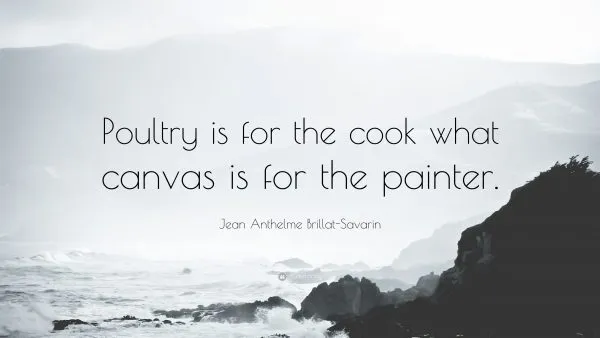
The Beauty of the Book Syllabus (or How to Read with Intention)
This content contains affiliate links. When you buy through these links, we may earn an affiliate commission.
When I was pregnant with my son, I made a list of books I needed to read. I had never had a child before, so I knew I needed to know the ins and outs of my pregnancy, what to expect when the baby actually came out, how did breastfeeding even work, what was my wife’s role in birth, how was I to get the child to sleep, and like, how do I actually birth said child? I referred to that list and read the books diligently—dare I say, obsessively?—so I would be ready. What I know, looking back now, is that I could have used a book syllabus. A book syllabus takes all the loveliness of back to school, of structure, of planning, and makes it approachable. We all have reading lists—towering TBRs, likely—but there’s no real plan, no structure, no intention. That’s the beauty of the book syllabus: it lets us plan our reading lives, set an intention, and pursue goals.
Whether you’re reading during pregnancy, planning a wedding, learning to do woodworking, tackling a health issue, or even just immersing yourself in a new genre, a book syllabus can be a useful tool for approaching your reading life. This allows you to balance fiction with nonfiction, for instance, or gives you a chance to pace your reading over a period of time, which aids in book digestion. If you tend to throw yourself into things obsessively, this is especially useful: hold back the avalanche and take it one book at a time. Here are five tips to help you revel in the beauty of the book syllabus.
 The beauty of the book syllabus? You can account for all of this. You can plan out where you’ll start in history, what genre (or sub-genre) you’ll focus on. Which brings us to our next point, which is our goals.
The beauty of the book syllabus? You can account for all of this. You can plan out where you’ll start in history, what genre (or sub-genre) you’ll focus on. Which brings us to our next point, which is our goals.

planning
Do you love to plan? I do. I start planning my Thanksgiving menu months in advance. Vacation planning is all spreadsheets and ridiculous excitement. Thank goodness for Pinterest so I can keep all my planning at least a little bit organized. But good planning can be an asset in reading as well. Let’s say you’re discovering your love of food writing. Perhaps you read Ruth Reichl’s Delicious and you got bit by the food bug. (Read it. It’s lovely.) Well, you have a million places to start from. Do you go back to Brillat-Savarin, the 18th century French lawyer and politician who gained notoriety as an epicure and gastronome? Is that perhaps a bit too deep a dig into history? Shall we begin with M.F.K. Fisher? But man alive, you will notice this genre has a history of majorly lacking diversity. So that’s something to tackle, especially considering the racial implications of Southern cuisine in America; you’ll want to make sure you look at Edna Lewis’s Taste of Country Cooking and Michael Twitty’s The Cooking Gene. The beauty of the book syllabus? You can account for all of this. You can plan out where you’ll start in history, what genre (or sub-genre) you’ll focus on. Which brings us to our next point, which is our goals.
The beauty of the book syllabus? You can account for all of this. You can plan out where you’ll start in history, what genre (or sub-genre) you’ll focus on. Which brings us to our next point, which is our goals.
objectives
When you sit down to a yoga practice, you’ll often be asked to take a moment and set your intention. This is a good idea for your book syllabus too. What do you want to learn here? Do you want a deep dive into fiction? Do you want to learn more about your chosen subject matter? If we use our example of food writing, is your goal to learn about the history of food itself, a microhistory of an ingredient, or to enjoy food memoirs? This is a chance for you to take a moment, before any books pile up in your list, and decide for yourself what you want from your syllabus. This is a chance for you to read with intention.shopping
Okay, Dana, we get it. Blah, blah. We want books! I know, dear reader. I know. And this is the super fun part of a book syllabus. You know what I always loved in school? The book list. I always imagined that being an English professor would be so fun because you get to make a reading list that other people have to follow. But in a book syllabus, you are those people. You get to make the reading list, and then you get to shop for books! Book shopping leads you to more books and new ideas, and you can winnow down your own personal reading list.schedule
You remember the avalanche I spoke of? This is where that thing starts coming down. Just like when I was pregnant with my son, you start realizing the sheer volume of possibilities and how much there is to read. So go back to your objectives, remember your intention, and then make a schedule. This helps you balance your reading life (hey, I love food memoirs, but even I need a break now and then), and it fights that overwhelmed feeling that comes when those books start piling up.












